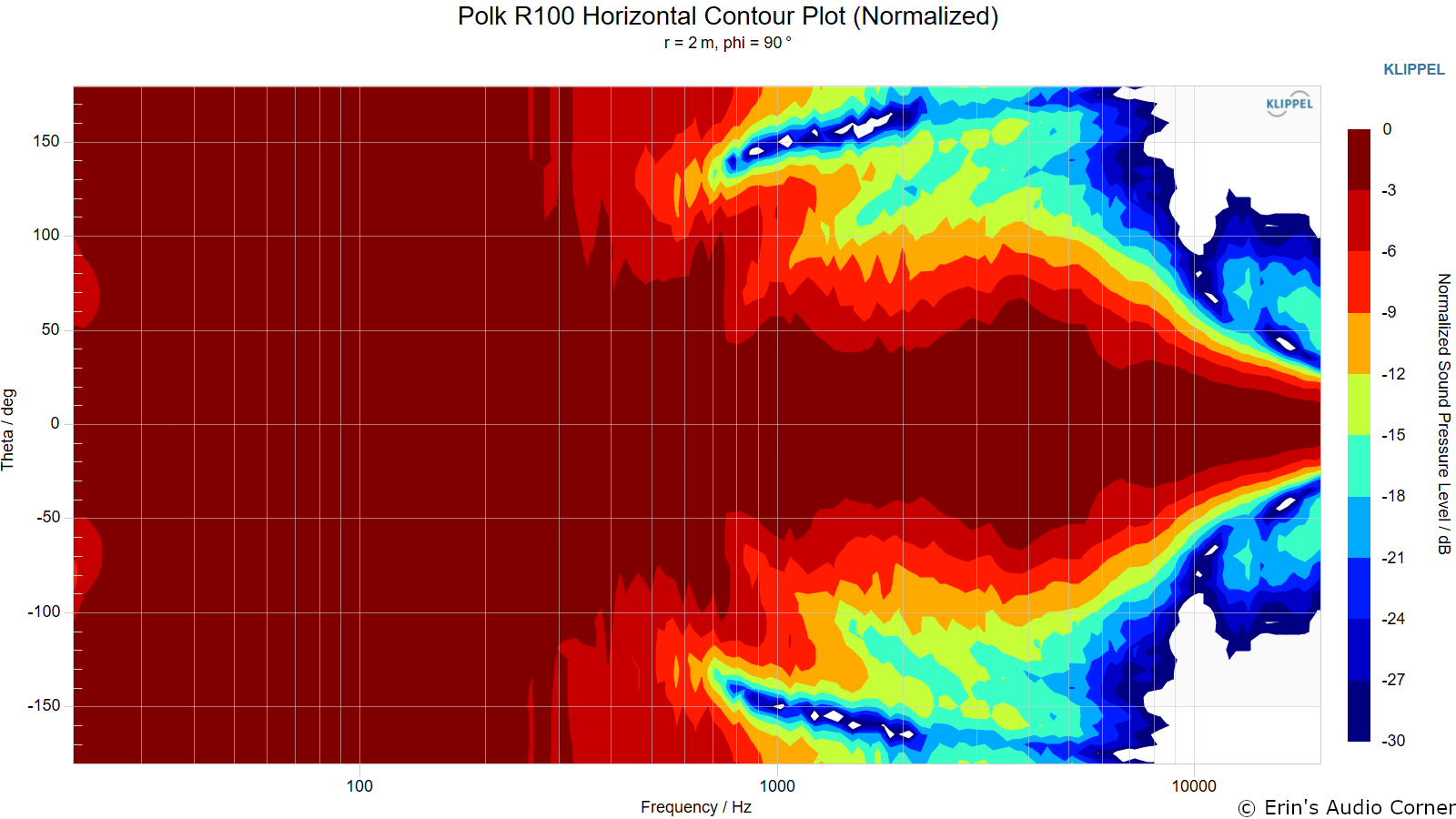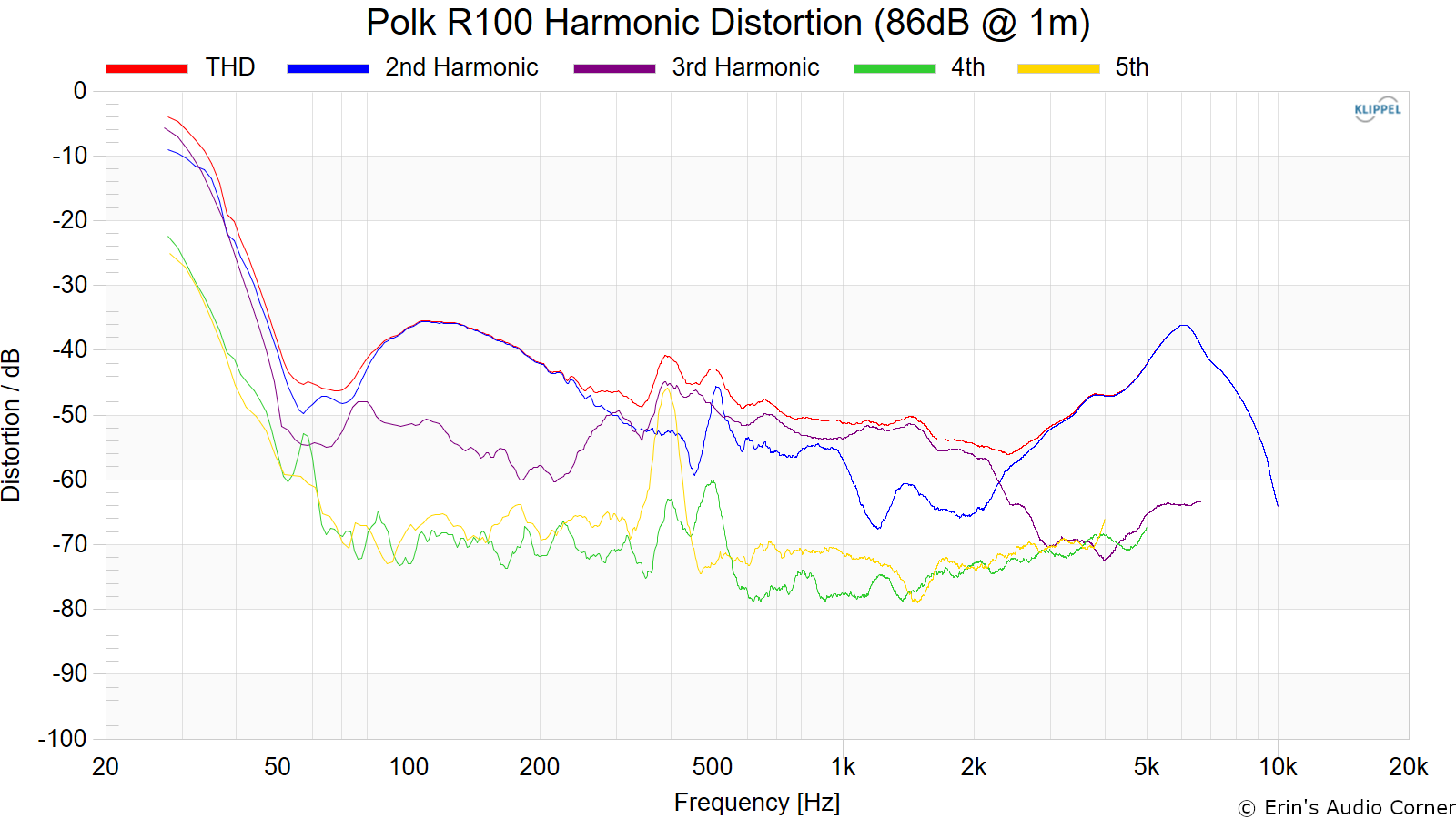Thanks to @hardisj for his review







Erin's conclusion:
Now, we need someone to ship the bigger brother, R200 to either Amir or Erin!
Discuss!






Erin's conclusion:
This speaker has good performance and is a really nice looking speaker, at least to me. I like the grille cloth color. I like the wood finish look. I like the overall aesthetic. And you pay for it. The performance could have been better with some crossover modifications and the added cost instead went toward the look of the speaker. That’s not necessarily a bad thing. I just feel like this speaker could have been an even better buy with a little bit more put into the crossover.
Now, we need someone to ship the bigger brother, R200 to either Amir or Erin!
Discuss!



